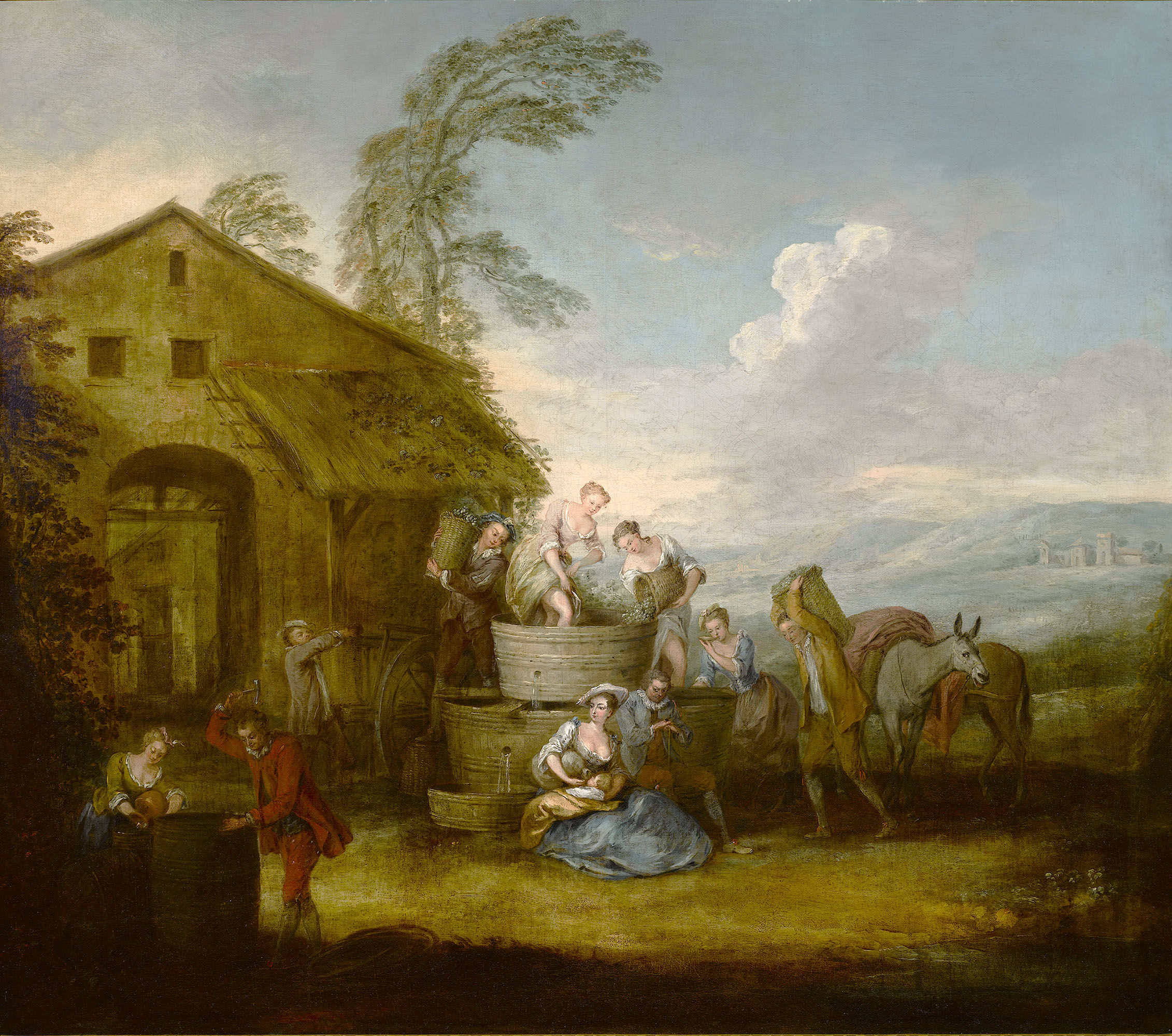Jean-Baptiste Pater on:
[Wikipedia]
[Google]
[Amazon]
Jean-Baptiste Pater (December 29, 1695 – July 25, 1736) was a French  Pater adopted the popular
Pater adopted the popular
rococo
Rococo (, also ), less commonly Roccoco or Late Baroque, is an exceptionally ornamental and theatrical style of architecture, art and decoration which combines asymmetry, scrolling curves, gilding, white and pastel colours, sculpted moulding, ...
painter.
Born in Valenciennes
Valenciennes (, also , , ; nl, label=also Dutch, Valencijn; pcd, Valincyinnes or ; la, Valentianae) is a commune in the Nord department, Hauts-de-France, France.
It lies on the Scheldt () river. Although the city and region experienced a ...
, Pater was the son of sculptor
Sculpture is the branch of the visual arts that operates in three dimensions. Sculpture is the three-dimensional art work which is physically presented in the dimensions of height, width and depth. It is one of the plastic arts. Durable sc ...
Antoine Pater and studied under him before becoming a student of painter Jean-Baptiste Guide. Pater then moved to Paris, briefly becoming a pupil of Antoine Watteau
Jean-Antoine Watteau (, , ; baptised October 10, 1684died July 18, 1721) Alsavailablevia Oxford Art Online (subscription needed). was a French painter and draughtsman whose brief career spurred the revival of interest in colour and movement, a ...
in 1713. Watteau, despite treating Pater badly, had a significant influence on him. However the two quarreled and Pater returned to Valenciennes, where he remained for two years. In 1721, Pater and the dying Watteau reconciled; subsequently Pater became a student of Watteau once again, although only for a month before the latter's death. Pater later claimed to have learnt everything he knew during those few weeks with Watteau. He was accepted into the Académie in 1728, presenting a large military work in the popular Watteau style: ''La Rejouissance des Soldats'' (Louvre
The Louvre ( ), or the Louvre Museum ( ), is the world's most-visited museum, and an historic landmark in Paris, France. It is the home of some of the best-known works of art, including the ''Mona Lisa'' and the ''Venus de Milo''. A central l ...
).
 Pater adopted the popular
Pater adopted the popular Fête galante
''Fête galante'' () (courtship party) is a category of painting specially created by the French Academy in 1717 to describe Antoine Watteau's (1684–1721) variations on the theme of the fête champêtre, which featured figures in ball dress o ...
subject matter, heavily imitating his teacher Watteau—indeed he directly copied some of his figures. Pater used a traditional Rococo pastel palette. His most characteristic difference in style from other artists of the time surrounded his use of shimmering lines. His most prominent customer was Frederick the Great
Frederick II (german: Friedrich II.; 24 January 171217 August 1786) was King in Prussia from 1740 until 1772, and King of Prussia from 1772 until his death in 1786. His most significant accomplishments include his military successes in the S ...
, who sat for two portraits in the "Turquerie" style: ''Le Sultan au Harem'' and ''Le Sultan au Jardin''. One of Pater's most renowned works is ''Landscape with a Cart'' ( Schloss Charlottenburg), which is considered to display a feathery application of paint that anticipates Francesco Guardi. The delicately constructed subject matter and figures subordination to the buildings represent a movement away from fête galante, a development that was cut short by Pater's death in 1736.
References
* 1695 births 1736 deaths People from Valenciennes 18th-century French painters French male painters Rococo painters 18th-century French male artists {{France-painter-17thC-stub